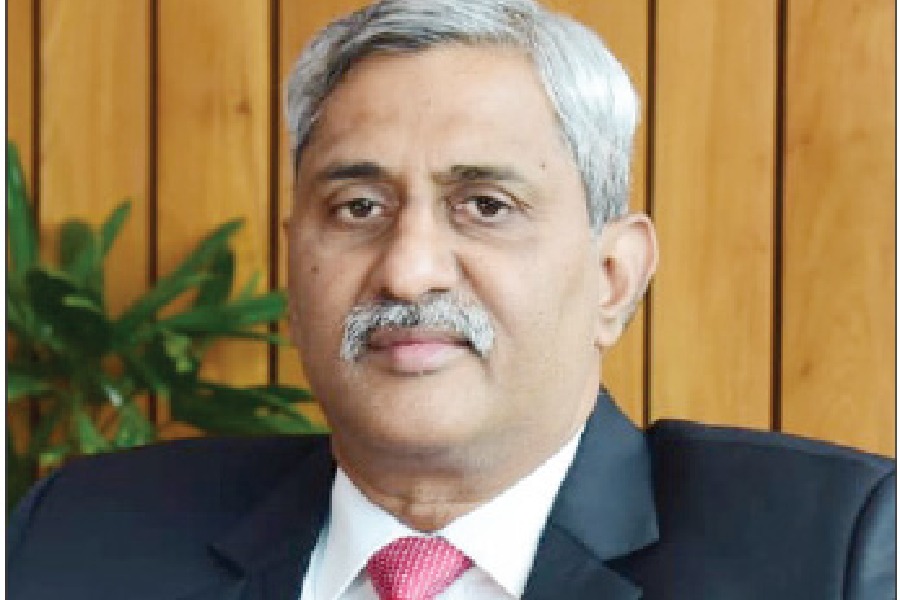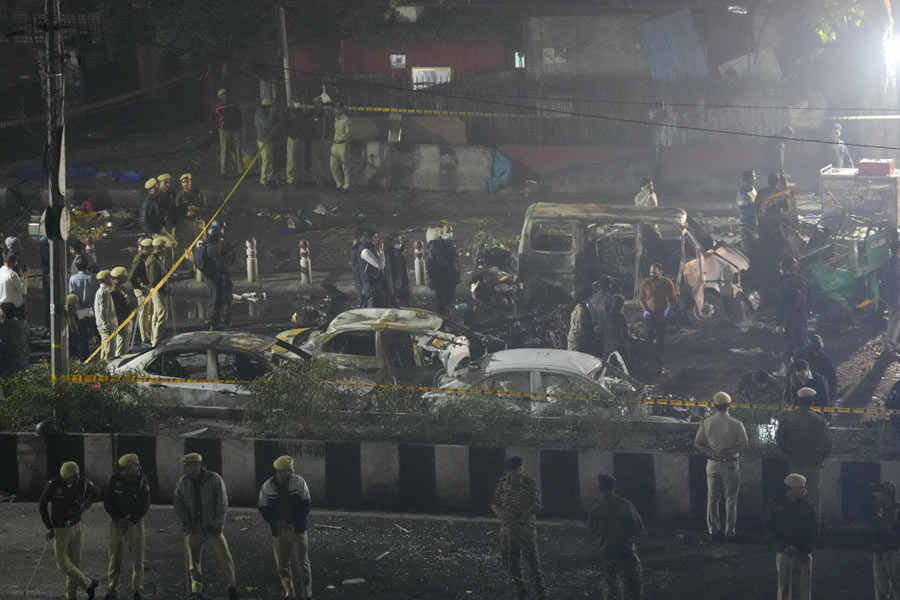Coal India has emerged as the preferred bidder for two graphite blocks in Chhattisgarh and Madhya Pradesh, as it expands into critical mineral mining to diversify its operations beyond coal. Coal India chairman P.M. Prasad, in an interview with The Telegraph, outlined the plans of the public sector miner to future proof the business and unlock new revenue streams, by venturing into the mining of critical and strategic minerals, exploring acquisition of critical mineral assets outside India, expanding into coal gasification and renewable energy generation. The following is the first of a two-part interview. The second part will be published on Monday, June 23.
What is the rationale for expanding from coal mining into the non-coal sector? When can mining begin from the two recently acquired graphite blocks, and what is the estimated peak capacity?
For now, coal remains our core business and major revenue earner. But India’s commitment to climate change means coal has to gradually phase down by 2070, concurrently ramping up renewable energy sources.
The next 10 years will be crucial for us, and so we have started future preparedness by stepping into non-coal sectors like solar and critical minerals. In this way, we are adapting to the changing energy dynamics in the country.
The diversification initiatives will help generate additional revenue streams and retain our energy leadership in the ensuing decades. Mining graphite blocks entails a gestation period of at least three to five years since many formalities have to be completed.
Estimated resource capacity can be concluded only after exploration and completion of the project report. While Balarampur block in Chhattisgarh is an explored block, the one in Alirajpur, Madhya Pradesh, is yet to be explored.
Coal India (CIL) has identified potential countries such as Australia, Argentina, Chile, and Canada for acquiring assets of critical minerals like lithium, nickel, cobalt, graphite. Securing such assets, including rare earths, is becoming critical for India. What has been the progress?
We are actively participating in domestic auctions held by the ministry of mines for acquiring critical mineral assets. Besides emerging as the preferred bidder for two domestic graphite blocks, we have inked a non-binding memorandum of understanding with IREL India Limited to cooperate and collaborate on the development of critical minerals, including rare earth elements. Concurrently, we are also exploring critical mineral assets in mineral-rich countries like Australia, Argentina and Chile. Our focus is on lithium, graphite and cobalt. It is important to secure these assets where feasible and lower forex outgo. We are exploring assets that are in the development stage and also the potential long-term projects where assets are in the exploration stage. Due diligence is important before arriving at any conclusions, and we have non-disclosure agreements for some of these ventures.
CIL has three coal gasification projects: coal to ammonium nitrate in MCL, coal to synthetic gas in ECL, and coal to synthetic gas in WCL. What is the project status, when can production start? Who could be the intended consumers, and have discussions started on the offtake?
Through our joint venture with BHEL, a CIL subsidiary, ‘Bharat Coal Gasification & Chemicals Limited’ has been set up for an ammonium nitrate (AN) project of 6.6 lakh tonnes per annum capacity at Lakhanpur, Odisha. AN is the main ingredient in bulk explosives, which CIL uses in its opencast mines. We intend to supply the AN to IOCL and other explosive manufacturers, which in turn will provide us with the finished product. ‘Coal Gas India Limited’ is a joint venture entity between CIL and GAIL for gasification of coal to synthetic natural gas of 633.6 million normal cubic metres capacity at Burdwan in Bengal.
The technology is capable of gasifying coal having high ash content in the range of 18-30 per cent. A similar project of the same capacity in a tie-up with BPCL would come up in Chandrapur, Maharashtra.
Synthetic natural gas will be supplied to urea plants, and we are also exploring other avenues like supplying for city gas.
An agreement was signed with the ministry of coal for financial support of ₹1,350 crore for each project. It takes five years for these projects to get operational.
On renewable energy, CIL has a plan to add 9.5 GW (gigawatt) capacity by FY30. What is the capacity now, and what are the projects in the pipeline? What could be the estimated investment in these renewable projects?
We aim to have 3 GW of solar capacity in place by FY28 under our net-zero endeavour. For this, the estimated investment will be around ₹15,000 crore. The 9.5 GW capacity renewable energy target will be pursued beyond that.
A total of 210 MW solar capacity has been installed in CIL and its subsidiaries. We have formed a joint venture with Rajasthan Rajya Vidyut Utpadan Nigam to develop 2,100 MW of solar capacity. We have also inked an MoU with Uttar Pradesh Rashtra Vidyut Udyog Nigam for jointly establishing a 500 MW solar project in UP.











